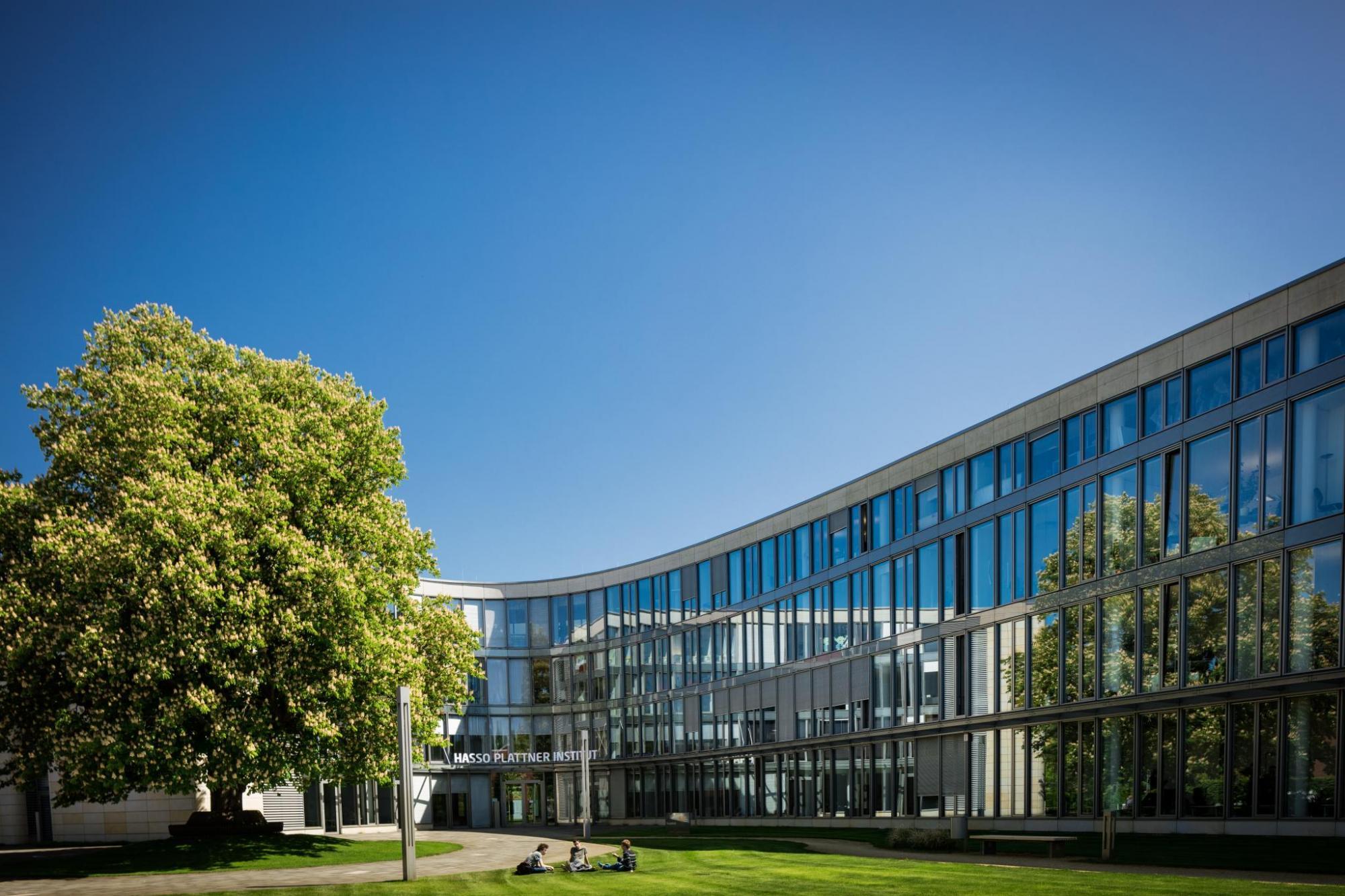The neurodesign work-group offers a portfolio of classes. All of them teach skills of creativity, innovation and collaboration. As an attendee, you learn to conduct and manage your own creative processes in the field of digital engineering. You have great freedom to decide what topic you want to work on, and then the class offers process and community support to help you realize your vision, so that you can achieve astonishing solutions in your creative endeavour.
Beyond the overarching aim of facilitating creativity in engineering, each class pursues more specific purposes:
The lecture Design Thinking for Digital Engineering focuses on theories and empirical research related to design thinking. It presents findings from the Stanford-HPI Design Thinking Research Program, providing in-depth knowledge in the so-called 4P domains: creative People, Processes, Places, and Products. Throughout the course, participants explore the practical relevance of research insights in the context of their own digital engineering projects. They apply established principles, monitor the development of their own project, while managing and expanding their own resources in the 4P domains.
The Neurodesign Seminar (Ambidextrous Thinking Seminar) provides methodological training for evaluating newly developed IT prototypes. This course introduces research methodology and statistics from the fields of UX studies, social science, and neuroscience. Participants learn to design experiments, conduct time-series analyses, develop questionnaires, and utilize various devices for measuring body-related data (such as EEG, eye gaze, facial emotion expression, skin conductance, and body motion). Recently, the course has been expanded to the Master Thesis Class, which also focuses on developing academic writing skills.
The Neurodesign Lecture imparts neuroscience-based insights on creativity, collaboration, and innovation. Distinguished guest experts, leading scholars in their respective fields, provide an overview of their research domains and share the latest findings. Participants learn to leverage neuroscientific knowledge for meaningful engineering innovation. Each year, the lecture series explores a different focal topic. In 2019, the primary emphasis was on the neuroscience of collaboration; in 2020, it centered on artificial intelligence and the neuroscience of creativity. In 2021, the focus shifted to the neuroscience of empathy, and in 2023, the major theme is sustainable design.
The courses Visual Thinking and Sonic Thinking delve into human-media interactions, with a specific focus on enhancing the participants' creative performance in the given domain. These courses examine how the choice of a particular medium, whether visual or auditory, influences creative possibilities and resulting work outcomes for digital engineers. They provide theoretical insights and practical experiences in the areas of (i) perception, (ii) imagination, and (iii) expression within each medium. The courses cultivate proficiency in working with a chosen medium, encompassing both technical craftsmanship and artistic sensitivities. Furthermore, they explore design opportunities that emerge in the field of digital engineering by harnessing the unique qualities of each medium.
Classes offered by the neurodesign work-group are typically classes for master students. However, you need no particular prior knowledge to attend the classes. As a bachelor student, you can join as well. In case of interest please reach out to neurodesign [at] hpi.de.

